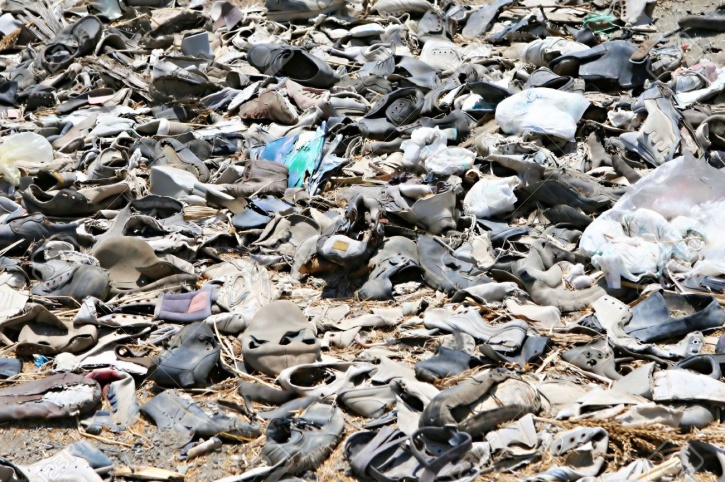
A Large Pile of Discarded Shoes - IndiaTimes
Shoes are an integral part of our daily lives, serving both functional and fashionable purposes. From sneakers to high heels, we rely on shoes to protect our feet and complete our outfits. However, the true cost of shoe wastage often remains hidden beneath the surface. In a world increasingly conscious of sustainability and environmental impact, it's crucial to unveil the hidden costs of shoe wastage and explore ways to mitigate them.
The production of shoes is a resource-intensive process that contributes significantly to environmental degradation. The extraction of raw materials, such as leather, rubber, and synthetic materials, consumes vast amounts of energy and water. Furthermore, the chemical processes involved in tanning leather or creating synthetic materials release harmful pollutants into the environment. Once shoes are discarded, they often end up in landfills, where they take years to decompose due to their synthetic components. The decomposition process can release toxins into the soil and water, further damaging ecosystems. By unveiling the environmental impact of shoe wastage, we can better appreciate the need for sustainable footwear choices.
Shoe production is a global industry that often relies on low-cost labor in developing countries. Workers in these regions may face poor working conditions, low wages, and exploitation. By choosing to discard shoes regularly, consumers inadvertently contribute to the demand for mass production, perpetuating these unjust labor practices.
The economic cost of shoe wastage is substantial. When consumers constantly buy and discard shoes, they spend more money in the long run. Moreover, the disposal of shoes adds to municipal waste management costs, which ultimately burden taxpayers. Unveiling the economic cost can encourage consumers to make more conscious choices about their footwear and prioritize quality over quantity.
Shoes are often a status symbol and a way for individuals to express themselves. However, the rapid pace of fashion trends can lead to the overconsumption of shoes as consumers constantly follow them. This obsession with fashion can divert resources from more pressing global issues and contribute to a culture of excess and materialism.
Unveiling the truth of shoe wastage reveals a complex web of environmental, social, economic, and cultural sources and consequences. By making informed choices about the shoes we purchase and how we dispose of them, we can contribute to a more sustainable and responsible future. Remember that every step matters, and each pair of shoes we save from wastage represents a positive impact on our planet and society.
NUSH Chin Lok Hee, TJC Ching Rui Yang & BVSS Kayden Teo